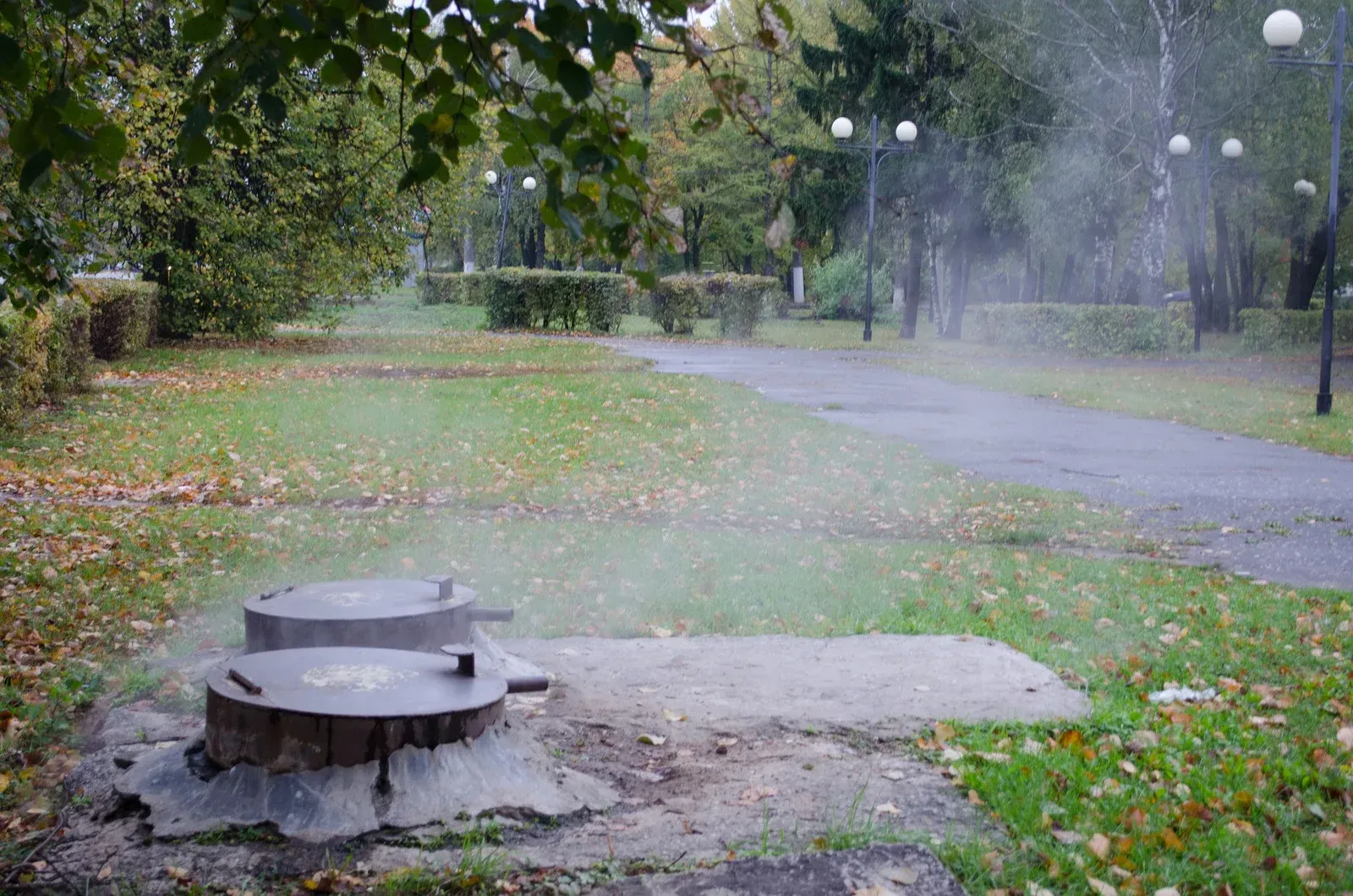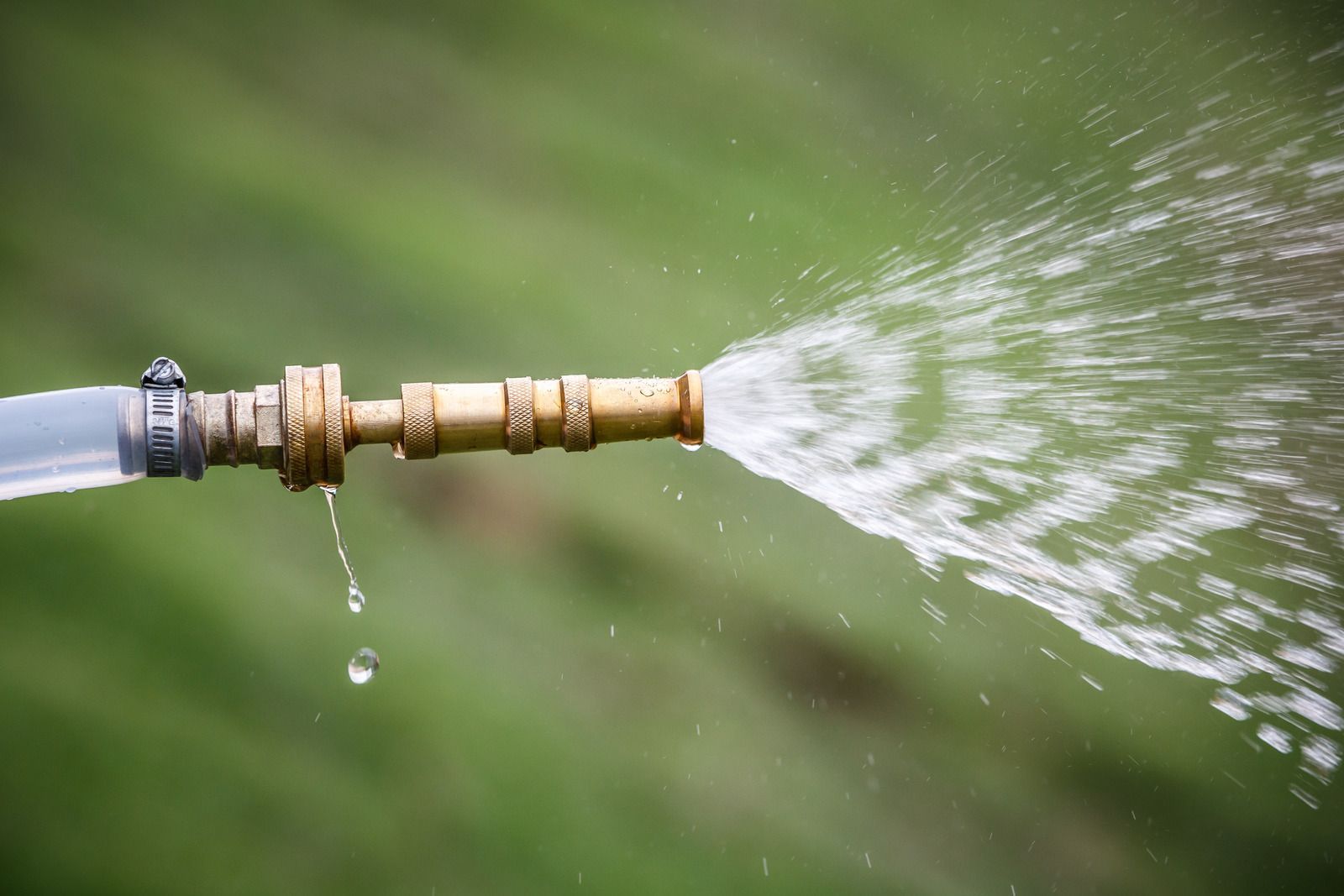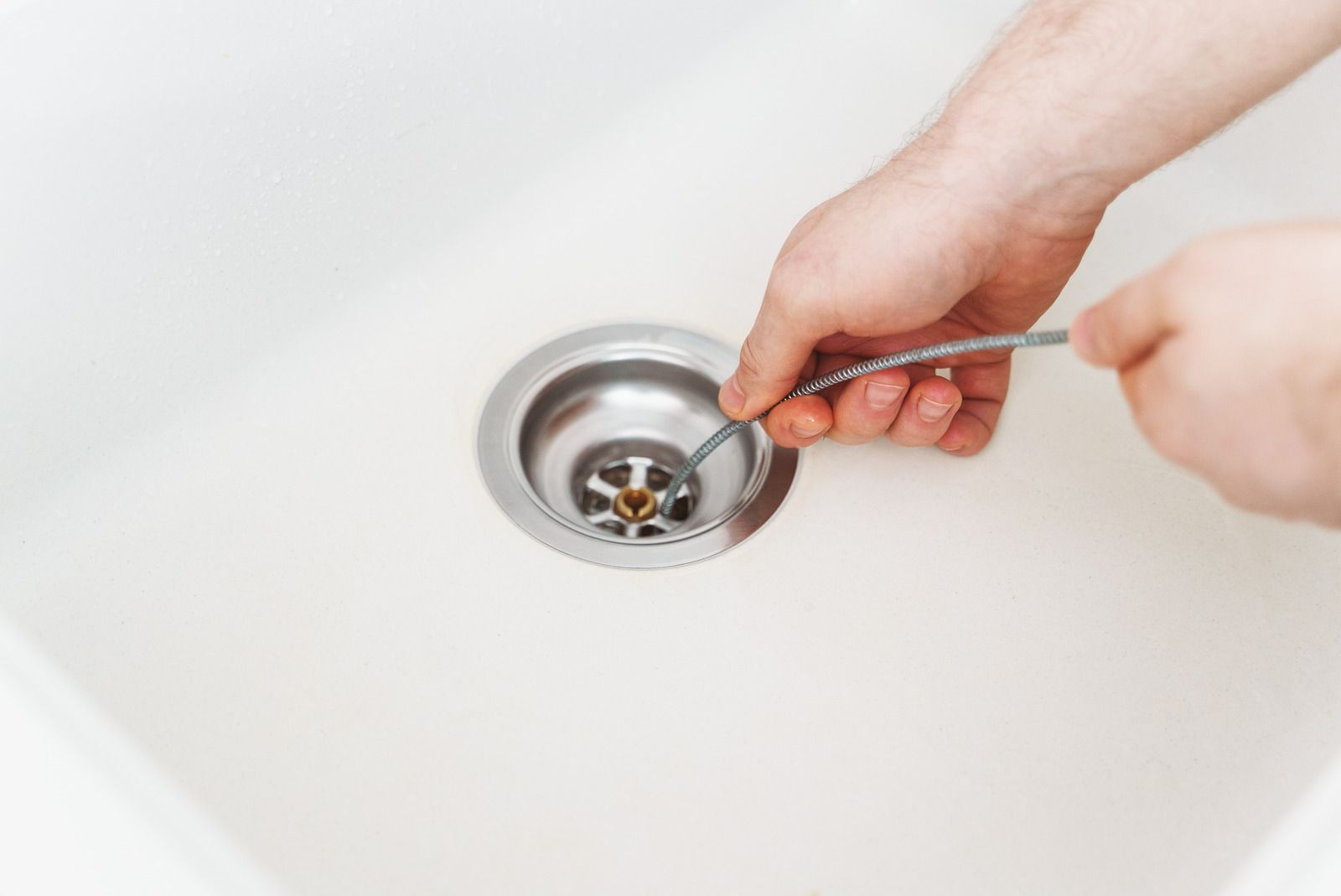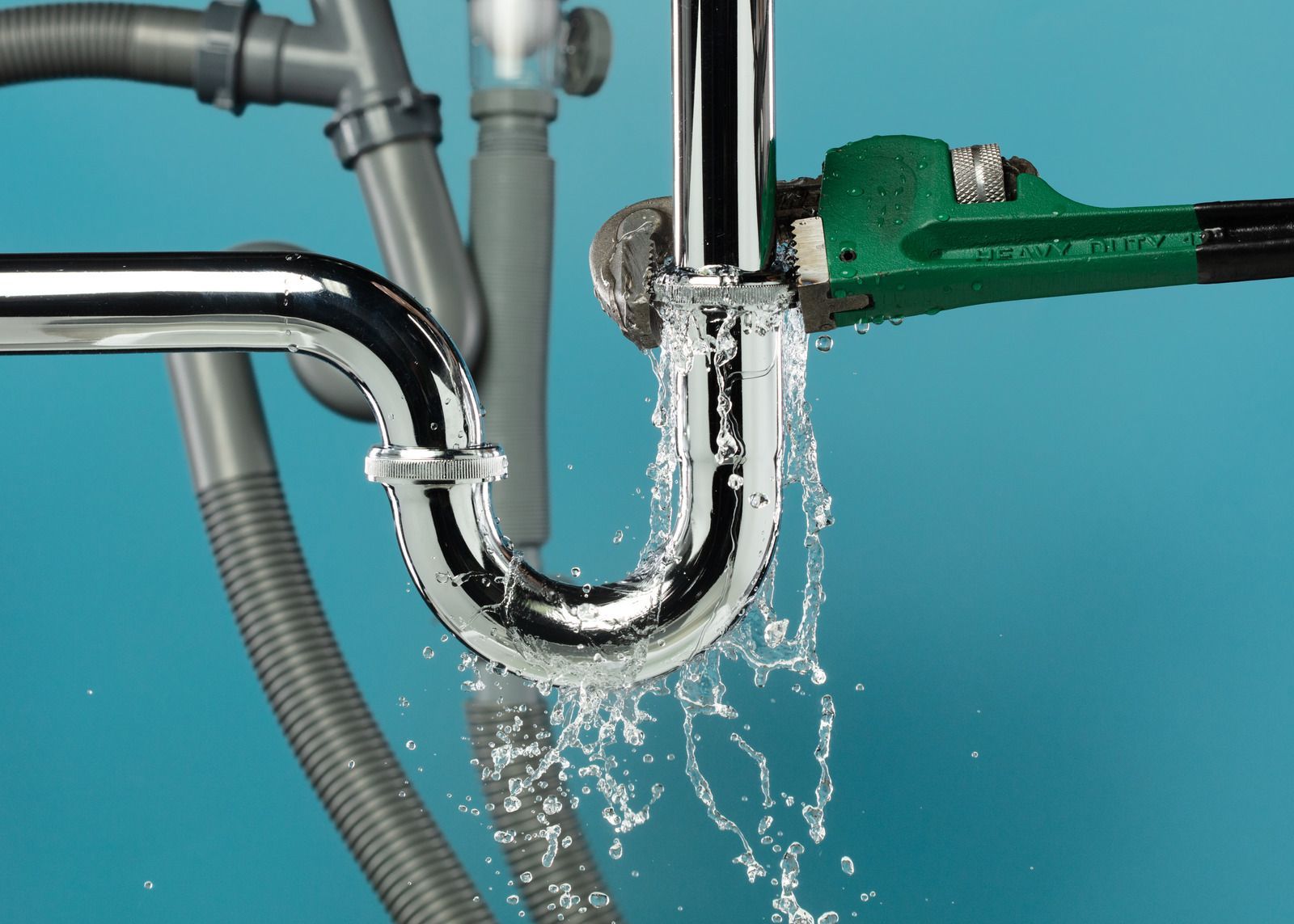Professional Tips And Benefits of Sewer Smoke Testing
In environmental engineering and plumbing, sewer smoke testing is a pivotal technique for identifying leaks, improper connections, and other issues in sewer systems. This method, which involves the injection of smoke into sewer lines and observing its escape points, offers a non-invasive, efficient, and cost-effective way to maintain the health of sewer infrastructures. This blog aims to provide insightful professional tips for conducting effective sewer smoke testing and highlight its numerous benefits.
Professional Tips for Effective Smoke Testing
Effective sewer smoke testing requires meticulous preparation, execution, and analysis. Before conducting a test, informing the community and local authorities is essential to prevent panic or misunderstandings. Detailed sewer system mapping is equally crucial for a well-planned testing process. The setup of the smoke testing equipment must be thorough, ensuring that the smoke machine is properly functioning.
Choosing the right weather conditions is vital; calm and dry weather conditions are ideal as they allow for the optimal movement and visibility of the smoke. Safety should always be a priority, with necessary precautions and protective gear used during the process. After the test, it's important to document and analyze the findings correctly. This data analysis is crucial in identifying patterns or widespread issues within the sewer system, allowing for timely interventions.
Benefits of Sewer Smoke Testing
1. Cost-Effective and Efficien
One of the primary benefits of sewer smoke testing is its cost-effectiveness. Compared to other methods like CCTV inspection, smoke testing is less labor-intensive and can cover large areas in a short period.
2. Non-Invasive and Safe
Since the process does not require digging or entering the sewer lines, it is non-invasive. The smoke used is typically harmless to humans, animals, and the environment.
3. Early Detection of Problems
Smoke testing can reveal a range of issues such as cracks, leaks, and illegal connections early on. Early detection helps in preventing more significant problems and reduces the potential cost of repairs.
4. Environmental Protection
Smoke testing plays a crucial role in detecting sewer system leaks in preventing soil and water pollution, thus protecting the environment.
5. Improved Public Health and Safety
Leaks in sewer systems can lead to the escape of harmful gases or the contamination of water sources. Identifying and rectifying these issues contributes to improved public health and safety.
6. Compliance with Regulations
Regular smoke testing helps municipalities and property owners comply with environmental and public health regulations.
Conclusion
Sewer smoke testing is an invaluable tool for maintaining the integrity and functionality of sewer systems. Its cost-effectiveness, safety, and efficiency make it a preferred method for professionals in the field. Regular smoke testing not only helps in maintaining the health of the sewer system but also plays a vital role in environmental protection and public safety. By adopting this method, communities can ensure the longevity of their sewer infrastructure and the well-being of their environment.












